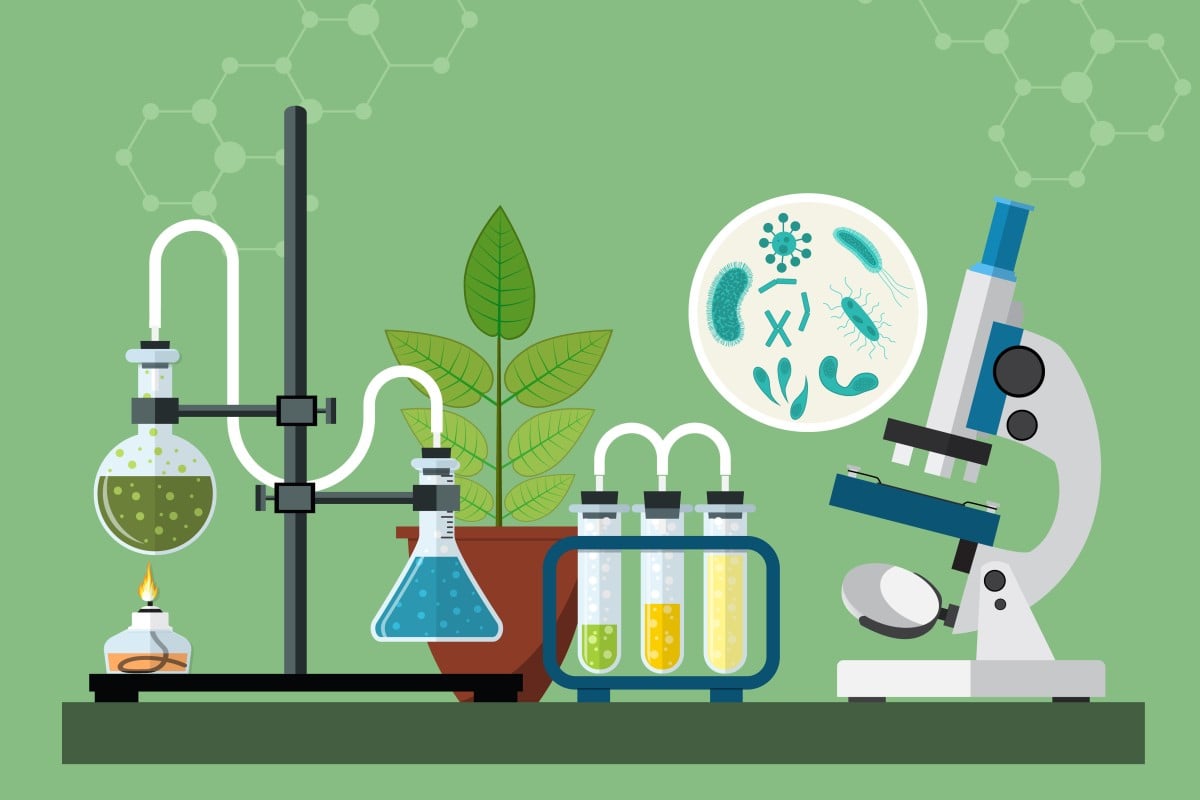
Teachers and students have said this year’s DSE biology exam was a lot like last year’s, with Paper 1B testing students on their ability to analyse data and to use their experiment-based knowledge. However, they also said Paper 1A – the multiple choice questions – was tougher as more questions this year were based on experiments, whose purposes and processes were not easy to understand.
A student surnamed Chung said this year’s Paper 1A, which contained 36 multiple choice questions, was trickier.
“Many questions had two or three answers that all sounded like they were the correct one. For instance, Q13 asked what water absorbed by trees is mostly used for. Choice A (to replenish water loss) and choice C (as a raw material in photosynthesis) both appeared to be the right answer. I think we had to take note of the keyword ‘mostly’ in the question. That’s what we had keep in mind when picking an answer,” Chung says.
James Fong, a tutor at King’s Glory Educational Centre, agreed with Chung in that it wasn’t easy for students to select the right answer in Paper 1A. Fong added some students focused more on the processes of experiments, and not their purposes, which made it harder to answer the questions. “Some students might have, for instance, found they had difficulty tackling Q4, which asked for the purposes of different experimental designs. There were four photomicrographs for Q21-Q23, which showed the early stages of embryo development. Some of the students might not have been able to identify these stages according to the number of cells shown in the photomicrographs,” he says.
Paper 1B consisted of 10 structural questions and an essay question. Hugo Kam, a tutor at Modern Education, said most of the structural questions were fairly straightforward.
“Q3 asked how plants fertilised, Q4 required students to explain the relationship between the endoplasmic reticulum and nucleus for protein synthesis, and Q5 asked students how humans breathe. If students had studied up on the popular topics in this subject, then they would have been able to answer these questions pretty easily.”
Q8 in Paper 1B, Kam added, tested students on their ability to analyse data and to explain the growth of plants with different bacteria. Q10 in Paper 1B talked about tongue rolling. Students answering this question had know about basic genetics, but Kam said some students might not be too familiar with these concepts.
In Paper Two, candidates had to answer questions on two out of the four electives. Fong said this year’s Paper Two was more challenging as it tested students on their in-depth biological knowledge. “Q1(a) (ii) presented a situation in which a woman, upon leaving a pool of water, is breathing rapidly and heavily. This question tested students on their knowledge of thermal regulation. Q1(a) (ii) (1), which was worth three marks, asked students to talk about what the stimulus was leading to this response. The next part was harder to answer, as it asked students how this stimulus was brought about when she was holding her breath ‘underwater’. Students lost marks if they couldn’t recognise the difference between ‘leaving the water’ and ‘underwater’.” Being able to identify keywords when tackling difficult questions was vital, Fong added.
